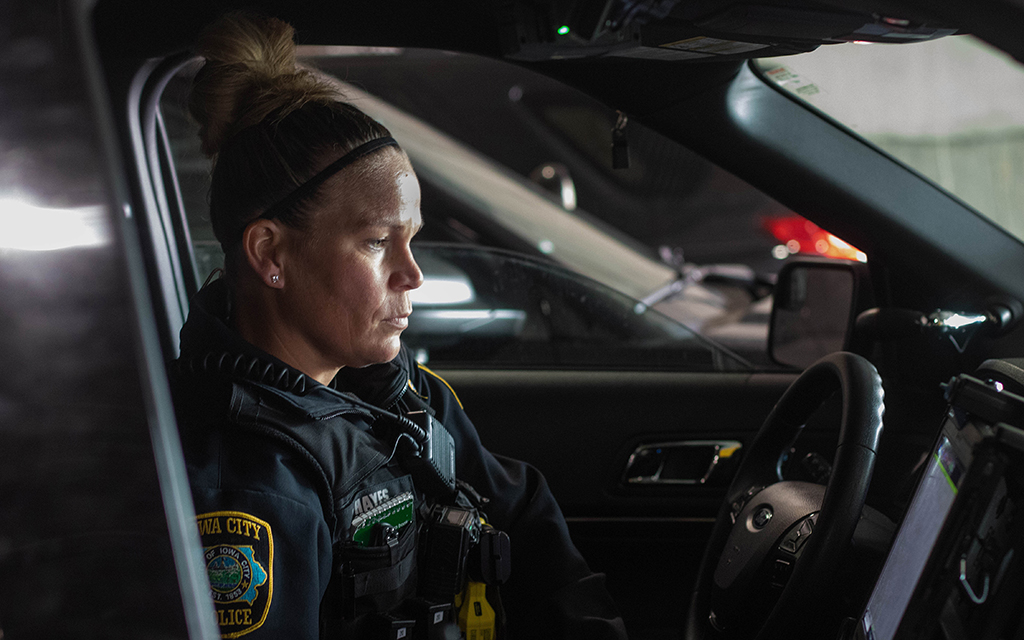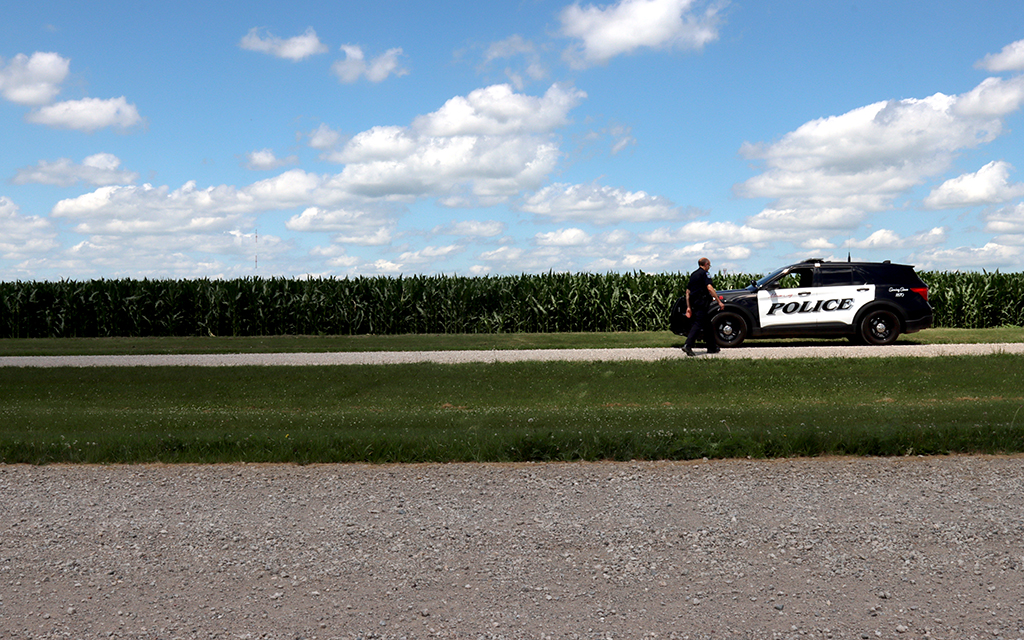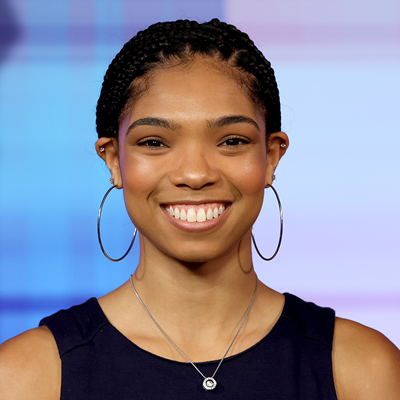Civilian oversight of police is popular, but does it work? A ‘million dollar question’
A record number of cities have created or revamped civilian review boards to provide accountability for police misconduct in the wake of George Floyd’s murder.
Fort Worth, Texas, Madison, Wisconsin, and Columbus, Ohio were among 25 major U.S. cities to launch a civilian oversight agency from 2020 to 2021 – more than were created in the five preceding years combined, according to a University of Chicago study in May.
The study found more cities are adapting “multitiered, multifunctional oversight systems” with greater scopes of power and authority, emboldened by the political momentum of the George Floyd protests. It said 71 of the top 100 most populous U.S. cities had some form of a civilian oversight board.
“Every community has its own history with law enforcement when looking at oversight structure, and there has to be work with all the stakeholders so it’s done with, instead of to, the community,” said Cameron McEllhiney, training and education director for the National Association for Civilian Oversight of Law Enforcement.
The hyperlocal nature of civilian oversight can make it thrive, he said, but it also means evaluating the success of any such agency can be a challenge.
“Measuring efficacy is the million dollar question,” McEllhiney said.
Designed to increase civilian sway over police functions and operations, the groups vary in power, influence and resources, experts say. A handful can subpoena witnesses, others can only make recommendations for disciplinary measures, which police administrators can overturn. Some take a broad look at policy, while others have investigatory powers.
Supporters say the best oversight boards can deliver accountability and increase the public’s understanding of police. But law enforcement officials often are wary.
“There is resistance by police officers or law enforcement because of their concerns that review boards don’t have much understanding of what they’re up against, the quick decisions they need to make with limited time and a real feel for the day-to-day encounters on the street,” said Tim Dimoff, a security consultant near Akron, Ohio, who has worked with such boards.
Others contend that too many boards lack power and deliver nothing more than a placebo of public reassurance.
In Raleigh, North Carolina, Black Lives Matter activists blasted civilian-oversight efforts as “facades for accountability” because state law prohibited subpoena powers and the ability to discipline officers. Utah lawmakers banned civilian oversight bodies from having authority over police department decisions. Newark, New Jersey, sought to establish a civilian review board but was stymied by a police union lawsuit, in which the state court ruled to limit the board’s powers.
“If the only reason or even the primary reason to get involved in civilian oversight was the outcome of cases, I would not be doing this work,” said Roger Smith, director of the Office of Accountability and Transparency in Phoenix. “It’s way too depressing on that front. But the great benefit of it is that it empowers the community to get involved in the process of shaping their policing in the future.”
Review boards in Vermont, New York and Phoenix provide a look at the commonalities, controversies and uniqueness of civilian oversight boards.
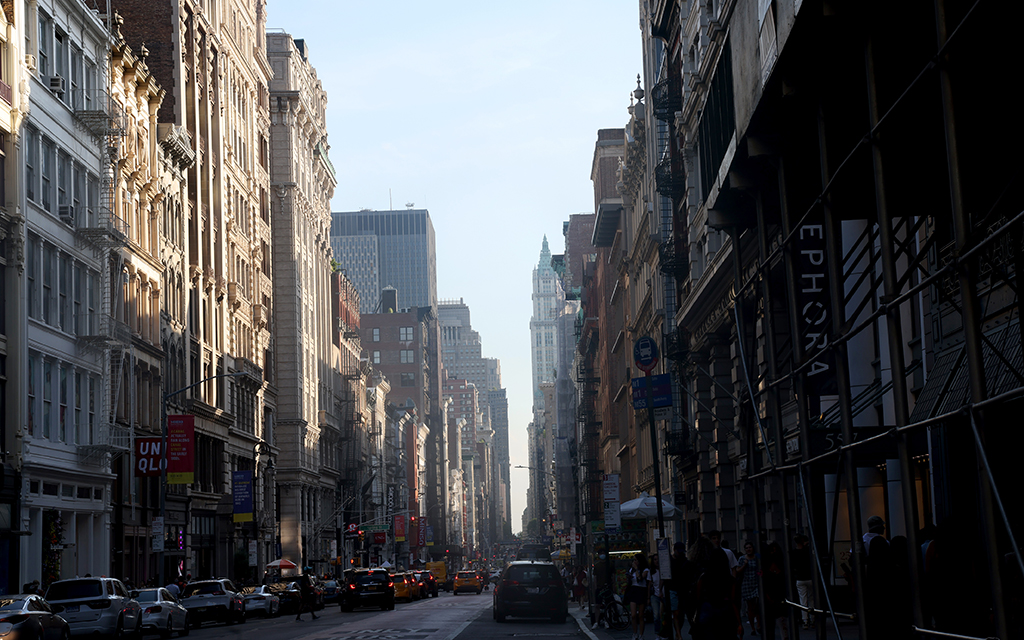
New York’s Civilian Complaint Review Board is an independent agency empowered to recommend action on allegations of abuse of authority and other misconduct by New York City’s 36,000 sworn officers. (Photo by Nina Howard/News21)
New York City
The Granddaddy
Why it was established: The city’s first iteration of civilian oversight, in 1953, was staffed entirely by deputy police commissioners, but the current “all-civilian” Civilian Complaint Review Board was created four decades later. Its powers were expanded after police beat and raped Louima Abner outside a nightclub in 1997, sparking national outrage and resulting in the conviction of the officers responsible.
Board type: Investigations. It has the power to subpoena officers and other witnesses, but its recommendations are not binding.
What sets it apart: New York’s Civilian Complaint Review Board oversees the largest police department in the United States – 36,000 sworn officers. One of the oldest and largest review boards in the nation, it has a $20 million annual budget, 15 members to hear complaints and 42 staff members who facilitate investigations into more than 4,200 allegations of misconduct every year. Yet, only 1% led to disciplinary action – or officers losing jobs.
What works and what doesn’t: The board’s staffing and resources strengthen its ability to investigate misconduct. It’s also one of the most transparent and active oversight bodies in the country, according to the National Association for Civilian Oversight of Police. It routinely posts its findings, meeting minutes and detailed reports on its website.
However, its recommendations often are ignored. According to the NYCLU, police administrators override 74% of disciplinary rulings by imposing a lesser punishment. No discipline was imposed in 67% of substantiated complaints, and just 1% of all cases saw “serious discipline,” such as forfeiting vacation days, suspension, probation or termination.
The Police Benevolent Association of the City of New York, among the most powerful unions in the country, has battled civilian oversight for years, but it recently lost a move to repeal a policy to keep officer disciplinary records from becoming public.
Yojaira Alverez, the review board’s senior adviser and director of intergovernmental affairs, said the repeal demonstrates that, in spite of union pressure, public support of board members’ work remains strong.
“It goes to show that there is this hunger, this possibility for the public to really stand behind police oversight,” she said.

The Phoenix City Council approved the new Office of Accountability and Transparency. Its responsibilities had included investigating misconduct by police officers, but a subsequent state law has complicated the office’s mission. (Photo by Tirzah Christopher/News21)
Phoenix
City v. State
Why it was established: The Office of Accountability and Transparency was first approved in February 2020 after years of scandal and accusations levied against Phoenix police – but a series of budgetary disputes, administrative delays and the city’s lawsuit against the state stalled its opening.
Board type: Monitoring investigations into police incidents.
Moves and counter moves: After the City Council voted to create a civilian-dominated review board, Arizona’s Republican-led Legislature countered by passing laws to restrict the board’s power and number of civilian members in relation to sworn law enforcement.
The controversy: Roger Smith, director of the Office of Accountability and Transparency, said its initial structure in which civilians dominated the membership set the office apart.
“The continuing injury to the community that comes after the incident is an investigation that people don’t think is being done properly,” said Smith, who previously oversaw the review board in Cleveland. “It’s the investigations where the unreliable information comes from.”
But the powers of the board were changed before it got up and running. A 2021 Arizona law would require an oversight board, if it wants to independently investigate alleged police misconduct, to have law enforcement officials comprise a large portion of the board. Phoenix is suing the state, saying it’s a blatant move to stop the city’s board from operating with civilian oversight.
Joe Clure is head of the Arizona Police Association, a coalition that supports pro-police legislation and policy. Clure said the board’s proposed makeup is on par with oversight boards for other professional organizations – and he sees no reason for police to be an exception.
“If you look at any other professional occupation that has a certification board – whether it’s doctors, lawyers, teachers, cosmetology, you name it – every single one of them is made up of roughly three quarters practitioners, a quarter community members,” Clure said. “That just makes sense.”
Bennington, Vermont
The Neighbors
Why it was established: Police “practices have sown deep mistrust” between residents of this suburb and the police force of 40, according to a 2022 report by the International Association of Chiefs of Police that led Bennington to launch the Community Policing Advisory Review Board in March. Community activists had called for a review board for years, accusing the department of biased incidents, such as an arrest based on racial profiling, alleged police harassment of an interracial couple and a Black elected official left unprotected from a Nazi sympathizer.
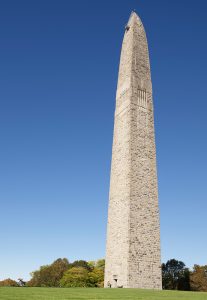
The Bennington Battle Monument, completed in 1889 in Bennington, Vermont. (Photo courtesy of Library of Congress)
Board type: Advisory. It reviews broad policy changes to improve the department, such as training and use of force. About 14% of review boards in the top 100 U.S. cities are advisory.
Small community, big issues: Bennington, home to just over 15,000 mostly white residents, is known for its lush forests and rich history – it was the first European settlement in the state, and the Bennington Battle Monument commemorates its crucial role in the Revolutionary War. Review board members are likely to know the people they might investigate.
Bennington’s police force of 40 is similar to most American law enforcement agencies, which employ fewer than 50 sworn officers. Most review boards are established in large cities.
What sets Bennington’s apart: Small town politics breeds unique issues for police accountability and civilian oversight.
“You have one degree of separation from anybody,” said Mia Schutlz, president of the Rutledge Area NAACP. “Word gets around, you know, and there’s retaliation. We saw that happen when somebody turned in a complaint (against police) and they got doxxed and run out of town.”
Jeannie Jenkins, a member of the Bennington Selectboard who also chairs the six-member review board, said this kind of proximity can “cut both ways.”
“The opportunity for conflict of interest is increased in small communities,” she said. “But we also don’t have some of the barriers that might exist in a larger community, where you’re seeing the police chief as this powerful figure – as opposed to Paul (Doucette), you know, the guy that you also see downtown at the street festival.”
In addition, she said, Bennginton police have been “very willing” to implement the Selectboard’s reforms after the IACP report.
Some activists, including Schutlz in conjunction with the Vermont ACLU, have denounced the town’s efforts as subpar because of the board’s lack of authority and diversity – only one member is considered a person of color and none are openly disabled or LGBTQ+. About 95% of the town is white, according to census data.
Jenkins and the Selectboard also are working with their state legislator to change Vermont laws to allow the board more powers, such as investigating allegations, securing subpoena power and enacting discipline.
News21 reporter Henry Bredemeier contributed to this article.
Top photo credit
New York’s Civilian Complaint Review Board is one of the most transparent and active oversight bodies in the country, according to the National Association for Civilian Oversight of Police. (Photo by Nina Howard/News21)

